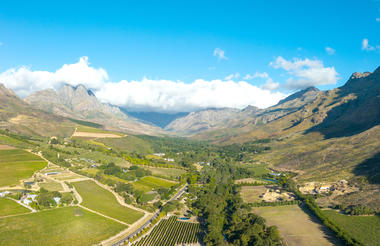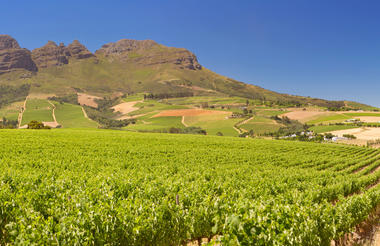Three hours from Johannesburg’s OR Tambo Airport, and situated in South Africa’s beautiful Mpumalanga Province, is a place deep within a magnificent forest commonly referred to as ‘Scotland’s Only Outpost in Africa’ or ‘the Place of Eternal Mist’. On the map, it’s called Dullstroom. Despite its widespread appeal, the quaint village of Dullstroom still has its own calm, distinctive, and singular atmosphere. The area is known for its excellent fishing opportunities. In fact, the town is the unofficial capital of the piscatorial sport in South Africa. It’s taken so seriously that bait fishing and spinning is not allowed. Dullstroom marks the source of the Crocodile River and is home to other major tributaries providing excellent river and still water fishing as their streams and dams are stocked with both rainbow and brown trout. If fishing isn’t your thing, some dams, thankfully, allow float tubes.
The area’s sub-alpine climate, abundant wildflowers, rare mammals and 3 endangered crane species, not to mention its fresh country air, make hiking through the surrounding areas an unforgettable experience. The three most popular trails are the Ama Poot-Poot, the Num Num and the Elangeni Hiking Trail. The Verloren Valei, a closed reserve north-east of Dullstroom, is the source of 4 rivers making it a wetland of international importance. Because it is so special it can only be visited by appointment or on one of the Friends of Verloren Valei field trips.
If staying in town is more your scene, exploring the original architecture, quaint stores, artisan shops, art galleries and spas which line Dullstroom’s main street is a delightful way to spend a day.
At 6,814 feet above sea level, Dullstroom has the highest railway station in South Africa. Two festivals you may enjoy are the Ducktobeer Beer Fest and the Dullstroom Winter Festival in July. Dullstroom serves as a convenient stopover for visitors on the way to or from the Lowveld and Kruger Park.


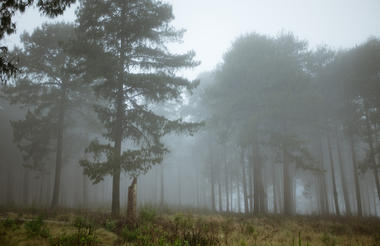
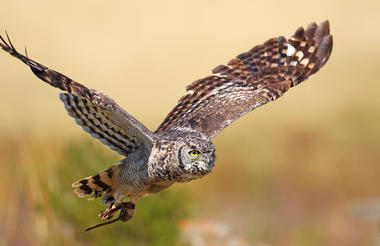


The Kruger National Park has attained international renown, but the terms ‘Kruger National Park’ (KNP) and ‘Greater Kruger’ are often used interchangeably, despite their differences. The distinction between the two is important, to understand both the tourist experience and how this conservation model has impacted the wildlife of the area.
The ‘Greater Kruger’ refers to 344,000 hectares (860,000 acres) of protected land to the west of Kruger National Park that provides a more substantial area for wildlife to roam freely. Private and local community property owners own this additional land, and most is utilised for commercial purposes.
There are no longer fences between these properties and KNP, providing the animals with an opportunity to roam, thereby reducing pressure on vegetation and bringing back historical local seasonal wildlife movements. Historically most seasonal migration was in an east-west direction, from the coastal areas of Mozambique to the slopes of the Drakensberg mountains, to take advantage of seasonal food and water. Fences and human pressure now prohibit that movement, and the north-south shape of KNP is not optimal for seasonal migrations.
The Greater Kruger is utilised primarily for photographic tourism and is home to some of South Africa’s best-known luxury Big 5 lodges. Relatively high prices and strict access control results in low visitor numbers compared to the neighbouring KNP, and off-road driving (by experienced guides), night drives and bush walks guarantee fantastic wildlife encounters.
Wildlife industry
South Africa’s conservation strategy incorporates other wildlife industries such as hunting; a strategy that has resulted in large areas outside of national parks falling under some form of protection against livestock and crop farming and other forms of development not tolerant of wildlife. A small portion of the hundreds of landowners making up the Greater Kruger permit trophy hunting on their (non-tourism) properties, to fund their significant and increasing anti-poaching and other conservation costs. The limited trophy hunting quotas are subject to approval by the KNP, and hunting protocol strictly enforced by the management of the constituent reserves. That said, immoral or illegal behaviour by members of the trophy hunting industry does occur. Trophy hunting in most constituent reserves within Greater Kruger is gradually being squeezed out by the resurgent photographic tourism industry, and no trophy hunting is permitted in the KNP itself.
Despite ongoing challenges, the Greater Kruger is one of conservation’s greatest success stories and is the model underpinning KNP’s 10-year management plan. It is also the perfect safari destination for those looking for exclusive encounters with Africa’s Big 5.



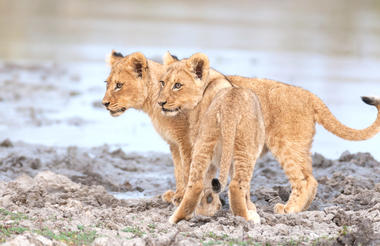
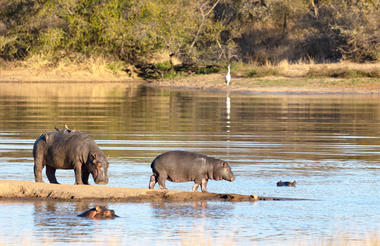
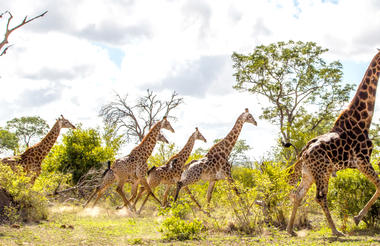
Stellenbosch, 50 kilometres east of Cape Town, lies in a sheltered valley surrounded by unforgettable mountains. While it is the second oldest European settlement in the Western Cape after Cape Town, people had lived here as far back as Paleolithic times.
After its discovery, Stellenbosch was quickly identified, thanks to its Mediterranean climate of hot dry summers and cool wet winters with great potential for agriculture, as a place to settle. Lying at the foot of the Cape Fold mountain range, the rich soil was responsible for producing vegetables to sustain the Dutch East India merchant ships en route to other Dutch colonies in the East. Stellenbosch soon became a bustling town.
Good wine was also soon in demand and vines were planted by Huguenot refugees fleeing religious persecution in Europe in 1690. Stellenbosch quickly became the primary location for viticulture and viticulture research. The South African wine industry now produces about 1,000,000,000 litres of wine annually. As part of the Cape Winelands, the Stellenbosch Wine Routes are part of the six most popular tourist attractions in South Africa and are also connected to the global Great Wine Capitals Network.
In 1710, most of the town, including the church, was destroyed by a fire. The earliest building still standing in the area dates back to 1689. The church, known as the Mother Church, was rebuilt in 1723. In the early days of the Second Boer War, Stellenbosch was a British military base.
The opening of the Dutch Reformed Church theological seminary in 1859 was the first educational institution. Rhenish Girls' High School, established in 1860, is the oldest girls’ school in South Africa. Victoria College became the University of Stellenbosch in 1918, and is one of South Africa's leading universities, an internationally recognized education centre and one of the leading universities on the African continent. It is also one of two learning centres in South Africa training wine makers. Its Department of Electrical and Electronic Engineering is the only university department in the southern hemisphere to have successfully built and launched a communications satellite, Sunsat, which orbited the earth for 3 years.
The historical atmosphere of the town is tangible. The buildings reflect over three centuries of occupation, including Dutch, Georgian and Victorian architecture always surrounded by the dramatic mountainous backdrop. A myriad of museums and places of interest are found along the oak-lined streets.
